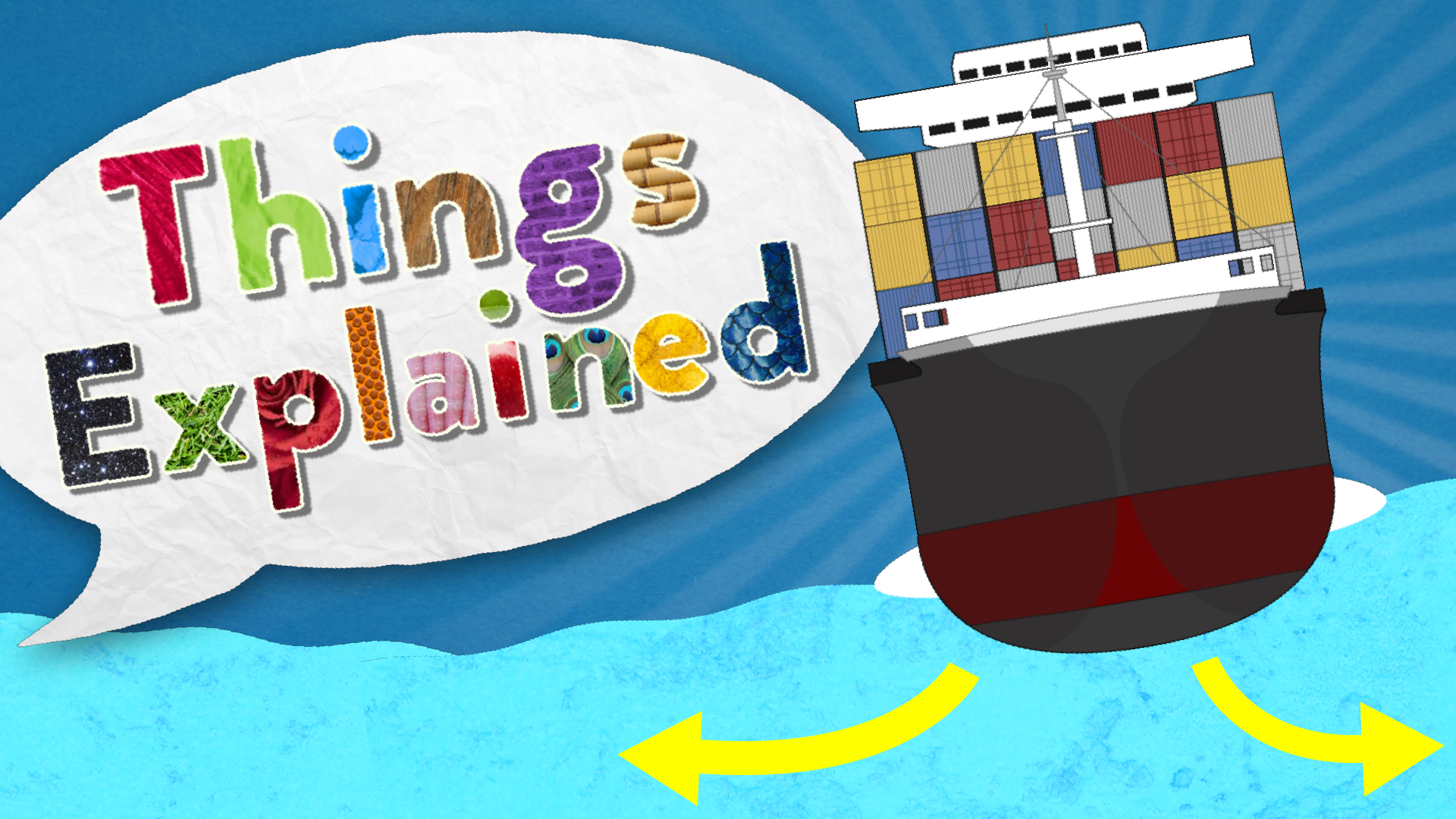Ships float at different heights depending on how heavily laden they are and how dense the water is so if you see one floating higher than another now you know why

Ships Float at Different Heights Depending on How Heavily Laden They Are and How Dense the Water Is

When observing a fleet of ships, it may be intriguing to notice that some vessels appear to be floating higher in the water than others. This difference in buoyancy, which causes ships to float at various heights, can be attributed to two main factors: the ship’s load and the density of the water it sails upon. Understanding how these elements influence a ship’s flotation can provide valuable insights into the mechanics behind this marvel.
The Role of Ship’s Load

The amount of cargo carried by a ship, commonly referred to as its load, plays a significant role in determining its buoyancy. Ships are carefully designed to distribute their weight evenly, ensuring stability and maximum carrying capacity. When a ship is heavily laden, it sinks further into the water due to the increased weight it holds. This submersion displaces more water, which in turn generates an upward buoyant force that helps support the ship’s weight. Consequently, a heavily laden ship will float lower in the water compared to a vessel with a lighter load.
The Influence of Water Density
The density of the water on which a ship sails is another crucial factor that affects its flotation. Water density depends on various factors, such as temperature and salinity. Generally, saltwater is denser than freshwater, resulting in an increased buoyant force acting upon ships. This higher buoyant force causes ships to float higher in saltwater compared to freshwater.
It is also worth noting that water density can fluctuate due to environmental conditions, such as changes in temperature or the presence of dissolved substances. As a result, ships may float at different heights depending on the type of water they traverse.
The Impact of Ships Floating at Different Heights
Understanding why ships float at different heights can have various practical implications. For instance, shipbuilders and cargo operators must consider the weight and distribution of a ship’s load to ensure safe and efficient transportation. Additionally, knowledge of the influence of water density can aid navigators in understanding how their vessel’s flotation might vary as they sail through different types of water.
In conclusion, ships float at different heights based on the weight they carry and the density of the water they encounter. A heavily laden ship will float lower, while water density impacts the buoyant force exerted upon the ship. By considering these factors, it becomes easier to comprehend the fascinating sight of ships seemingly defying gravity as they sail upon the seas.
Sources:
Tags
Share
Related Posts
Quick Links
Legal Stuff

